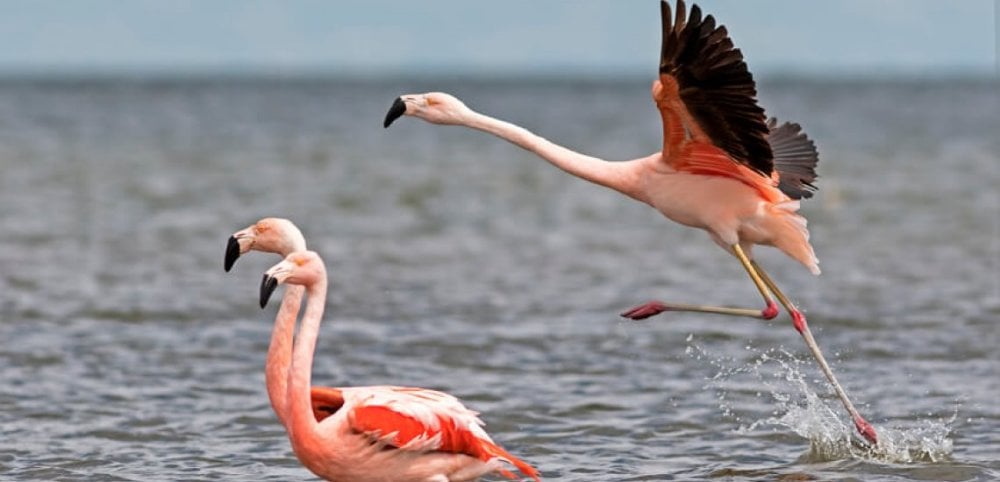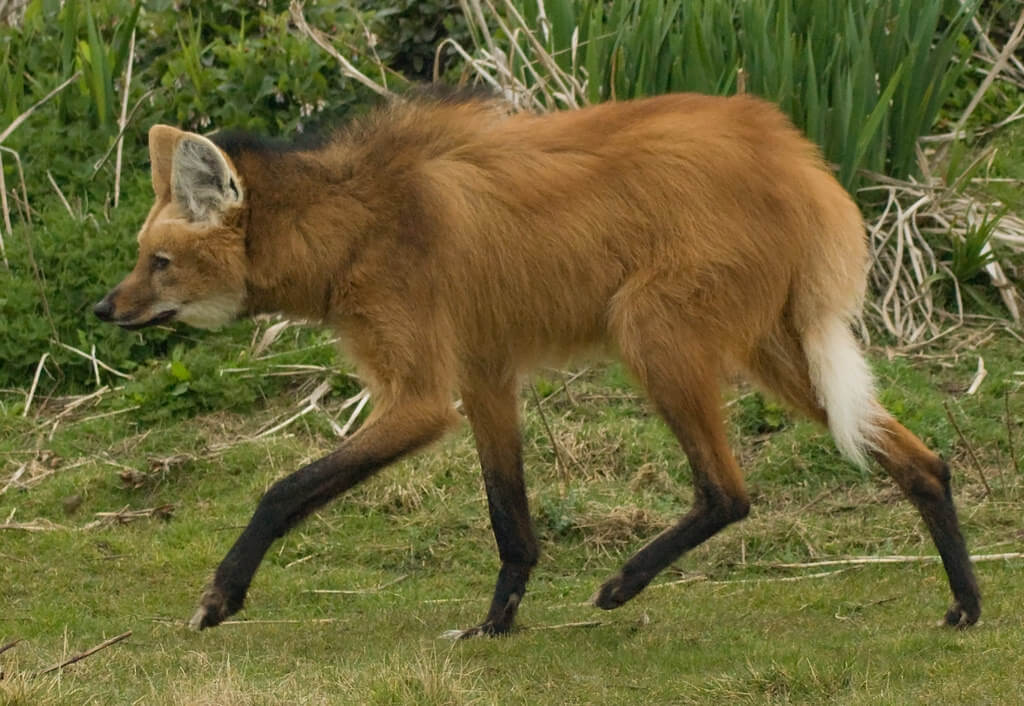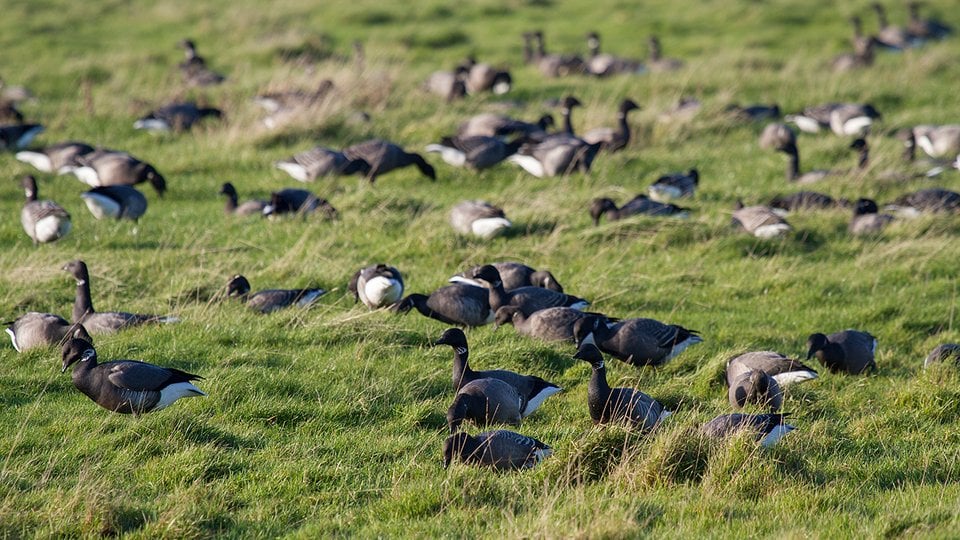Argentina set to get its biggest National Park
Posted on
|
The British Birdwatching Fair takes place every August. Birdfair takes place between 17th and 19th August 2018 in Rutland, the smallest county in the UK. This year, bird lovers in the UK support the creation of largest Argentina’s National Park! Let me tell you more. The fifth largest salt lake in the world, Mar Chiquita is South America’s second largest water body. And it’s home to most of the world’s Chilean flamingo (about 318,000 of them, they are Nearly Threatened) and nearly half of its Andean Flamingo (18,000 in winter (Vulnerable) and Puna Flamingo as well (and they’re Near Threatened).
©Pablo Rodriguez Merkel In addition, there are tens of thousands of American Golden Plover, White-rumped and Lesser Yellowlegs who migrate here. Oh, and don’t forget the 600,000 Wilson's Phalaropes – about a third of the world’s population. So let’s move away from the Little Sea (as Mar Chiquita means) to grasslands. These are home to the Greater Rhea, Bearded Tachuri, a Maned Wolf and Sickle-winged Nightjar (Near Threatened). The swampy areas have Dot-winged Crake, and Dinelli's Doradito, while Crowned Solitary Eagles Buteogallus coronatus fly over Chaco forest. Mar Chiquita has all the credentials but...Mar Chiquita is a Ramsar Site, one of Argentina's top Important Bird and Biodiversity Areas (IBA), a Western Hemisphere Shorebird Reserve and a provincial reserve so you would have thought that would keep it safe. Unfortunately dear reader, that is not the case. It’s in danger. Why? Well, the human race is at it again.
And action is needed urgently. Which is where the supporters of Birdfair in the UK come in and the human race is working to put things right. Aves Argentinas is a partner of BirdLife International. It has undertaken bird surveys, raised awareness, improved management of the area and clarified land ownership at Mar Chiquita for years. Then came its light bulb moment – a plan to create what should become Argentina’s largest national park. Creating a national park to keep the area safeThe plan has been developed with provincial and national authorities. Back in 2017, a concordat was signed by Argentina’s environment minister, National Parks Administration and the governor of the Córdoba province. And the Ansenuza National Park will protect up to 800,000 hectares which will be managed at the national level. Crucial to the plan is the involvement and engagement (how I hate that word but I can never think of another) of the local community. Planning involving them, empowering local stake holders and establishing a network of local conservation guardians has been a key part of Aves Argentina’s strategy from the start. And there’s more – bolstering the local economy through nature-based tourism is essential to the project’s success. So the Ministry of Tourism is very pleased indeed. Ecotourism will lengthen the tourist seasons and help provide sustainable livelihoods over a wider area. That should also help local communities commit to the long term conservation of the area.
And the lake’s colloquial name in the national park title says a great deal. The British Birdwatching Fair helps in two key ways:Raising awareness An international event like this is vital in building political awareness back in Argentina as to why this area needs to be protected. It will help build support from the bird world and show that the Ansenuza really is a birding paradise. As a bird lover, I want to go and see birds in a beautiful, natural environment. I don’t want to go to see a polluted lake where a lot of the water has been sucked out and drive through an area where local forests have been destroyed to get there. Raising funds to support the project In 2017, the theme was ‘Saving paradise in the Pacific’. The aim was to remove invasive predators from the French Polynesian island of Rapa Iti. Last year, Birdfair raised a jaw-dropping £333,000 was raised towards the work. The 2018 project is an ambitious one. A project to create and protect a national park and all its wildlife, whilst helping locals through eco-tourism. And surely a model for other conservation organisations to look at? Useful linksVisit the Birdfair website here. It's been conserving nature worldwide since 1989. Aves Argentinas - I hope you speak Spanish! But do take a look anyway. BirdLife International - BirdLife International is a global partnership of conservation organisations (NGOs) that strives to conserve birds, their habitats and global biodiversity, working with people towards sustainability in the use of natural resources. 121 BirdLife Partners worldwide. |


